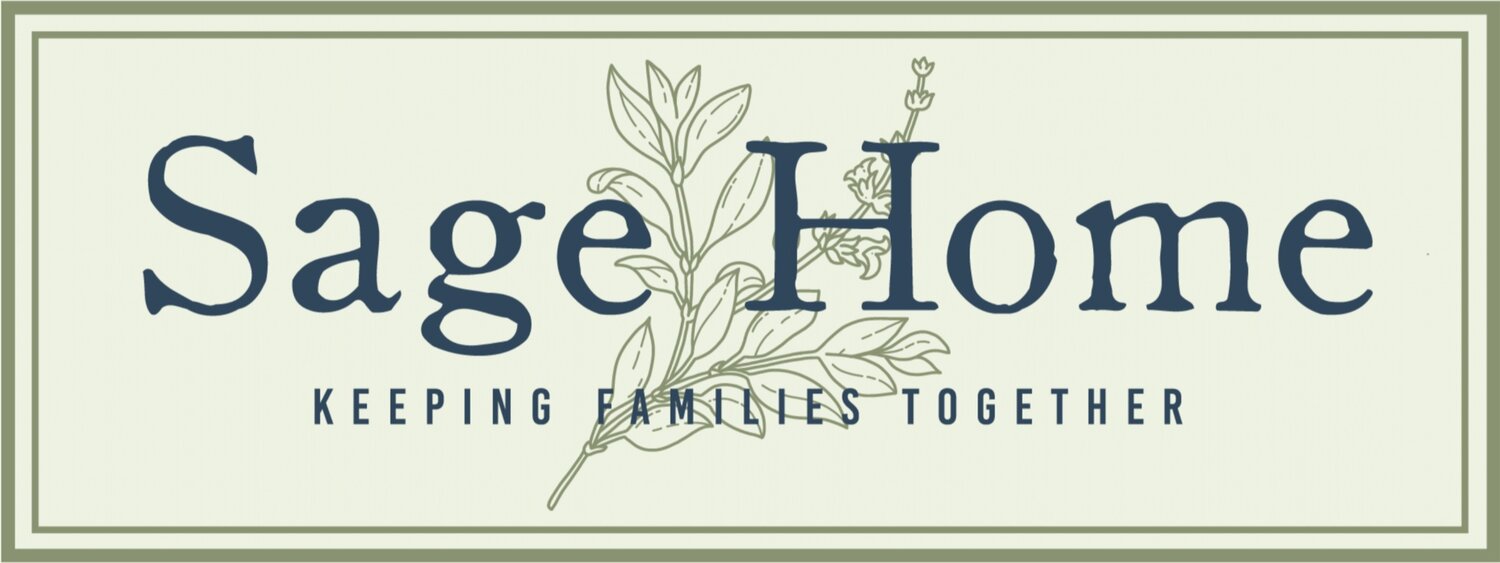Slow is Fast: Supporting Safety in the Change
by Marca McCallie
“Dripping water hollows out stone, not through force but through persistence.”
― Ovid
Recently I’ve added two plants to my counseling office. I have very little experience in the world of plants so this new venture was both fun and challenging for me. About a month ago the leaves on my plant started changing colors and a friend of mind, who’s excellent with plants, commented that the plant was cold next to my window. She suggested I add some plant food to the soil to perk things up. When I tried to add the plant food, I accidentally poured too much in my mixture and my plants took a turn for the worse. Witnessing the shock my plants experienced when they received too much of a good thing got me thinking about change and how true that is in life. We want good things, but too much, too fast can oftentimes overwhelm us.
I witnessed this phenomenon frequently when I was a therapist on a residential substance abuse unit. Clients came in often intoxicated and hopeless then, in one month's time, dreams, hopes, and a drive to change emerged. However, most clients were not successful after they left because change happened too fast. They didn’t have the support they needed, they were so new to emotional regulation that their body was unable to regulate when more intense stress was present, and they didn’t have the sober connections and relational repairs necessary for success. Their mountaintop high couldn’t sustain them through the stressor of the real world. I watched as time after time the most hopeful clients returned back to what they knew: addiction. Bessel van der Kolk observed this phenomenon when he said, “Scared animals return home, regardless of whether home is safe or frightening.” Change is slow by nature, and short-term treatment shocked their system and created an environment around them that was not consistent with the outside world. The system, as good as it was for one month, caused them harm in the end.
When we have conversations about change, it’s important for us to keep these clients’ stories close to our mind and heart. It’s tempting to think, “Why can’t they just stop”, “Don’t they care about their kids,” “They’re being lazy,” or “They don’t care about their recovery.” It’s easy to blame them as a way to distance ourselves from their reality. We don’t want to think that we could ever be in their shoes. When they’re the problem we don’t have to examine ourselves and our systems. But, they’re only a symptom of a problem. Many of our systems of care don’t support slow, sustainable change. That’s why a model like Sage Home is needed.
Sage Home supports slow, sustainable change by extending the time and support needed for the body to feel at home in a safer capacity. Safety and pleasure are often hard to tolerate in the body of a traumatized person. Support and connection feel like threats and it takes a significant amount of time and compassion to hold space for clients as they begin to trust their sensations and their connections.
Change is also slow in our societal systems. We have a way of doing things that is known and familiar. When the system is challenged, a perceived threat emerges. Current events have shown us clearly how risky it is to talk and dream about system-level change. Change ideas bring resistance. I had a client that used to say, “As soon as you take a position, you summon the opposition.” Change in our bodies and systems require slowing down and really taking in the expansion and contraction. It’s a balance of opening and closing, the “yes” and the “no.”
“Your hand opens and closes, opens and closes. If it were always a fist or always stretched open, you would be paralyzed. Your deepest presence is in every small contracting and expanding, the two as beautifully balanced and coordinated as birds' wings.”
- Rumi
Starting Sage Home has been a challenge. Each step has been laborious and difficult. It sometimes feels like we’re inching along and not making as much ground as we want. But then I think back and see how far we’ve come. Not only are we close to getting our doors open, but the community is now alongside us as well. As a community, we have come together and agreed that keeping families together is a value we hold and we’re willing to face the barriers together. We face challenges in sustainable ways so that when Sage Home starts providing services, pregnant and parenting women and their children feel the support of the system and the community that expanded to a new way of noticing what women struggling with addiction really need. When we do our own work as individuals and as a community we usher in more compassionate ways of loving those struggling the most in our town. We expand and contract together as we approach change and open together to new ways of loving those that are most impacted by our systems.
May we keep risking the vulnerability that comes with change.
